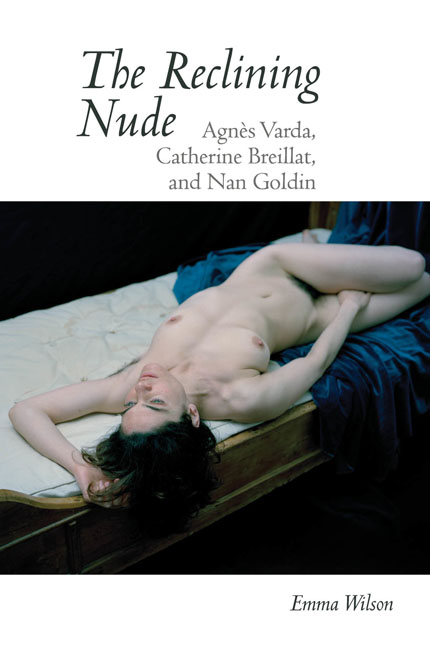India Song
Summary
In Duras's film India Song (1975) there is a scene showing Anne-Marie Stretter (Delphine Seyrig) in black satin reclining, her torso bare. Light touches her skin and its surface is iridescent. The infinite softness of the breast, like a hothouse flower, its moisture as Seyrig sweats, dissolve feeling, disarm. The breast's fragility in the night air, its sensitivity, are apparent as Duras films breath, breathing. The shot gathers meanings about those liminal states between waking and sleeping, the agony and horror of a colonial world.
In La Couleur des mots [The Colour of Words] (Jérôme Beaujour and Jean Mascolo, 1984), a filmed interview between Marguerite Duras and Dominique Noguez, Bruno Nuytten speaks of Duras's images:
Pour moi ce tournage, c’était une découverte, enfin, cela a orienté mon regard sur la femme. J’ai revu l’autre jour le plan du sein de Delphine Seyrig. C’est la premiere fois dans ma vie qu’une femme m’a incité de filmer une femme de cette maniere. Le regard sur un corps était tres différent de celui qu’on m’avait enseigné enfin. J’avais l’intuition de quelque chose mais pas vraiment. A revoir des morceaux du film, j’ai encore des sensations érotiques tres vives.
[Working on the film taught me something else. It changed my view of women. I saw the shot of Delphine's breast again recently. It was the first time a woman had told me to film another woman like that. That way of looking at a body was very different from what I’d been taught. I may have intuited something but not much. When I see some parts of the film again, I still find them very erotic.]
Nuytten registers the novelty of Duras's gesture as a female film-maker looking at another woman. The shots of Seyrig lying with her breast naked are seen at this moment in the documentary, with Nuytten's and Duras's words over them. Duras goes on: ‘Il n’y a pas seulement le sein. Tu as sous le sein. Tu as la respiration’ [‘There's not only the breast. There's what's under it. Breathing’]. Nuytten repeats after her: ‘La respiration’. She continues: ‘Donc la vie’ [‘Thus, life’]. She concludes: ‘Donc la mortalité’ [‘Thus, mortality’]. These are the same meanings that I find in the figure of the reclining nude returning in the work of women artists.
- Type
- Chapter
- Information
- The Reclining NudeAgnès Varda, Catherine Breillat, and Nan Goldin, pp. 199 - 202Publisher: Liverpool University PressPrint publication year: 2019

